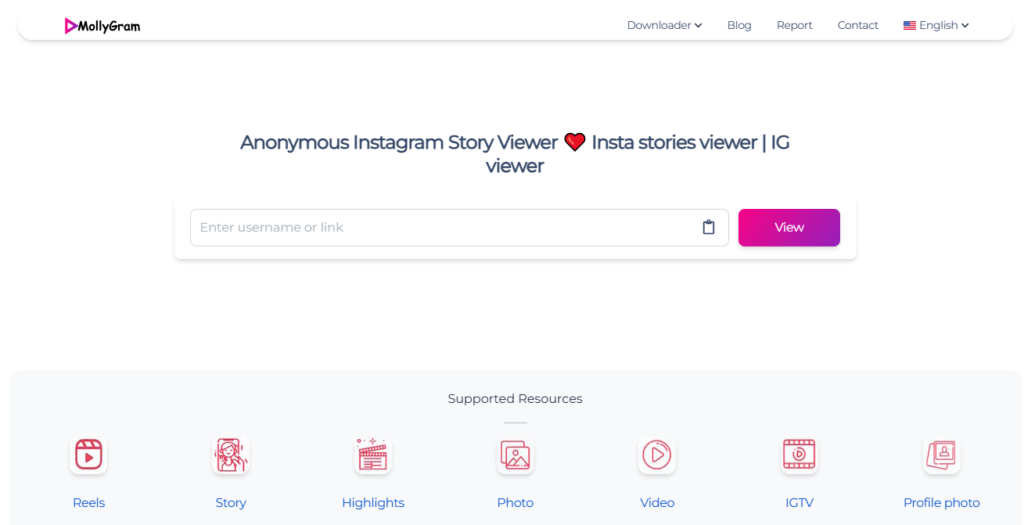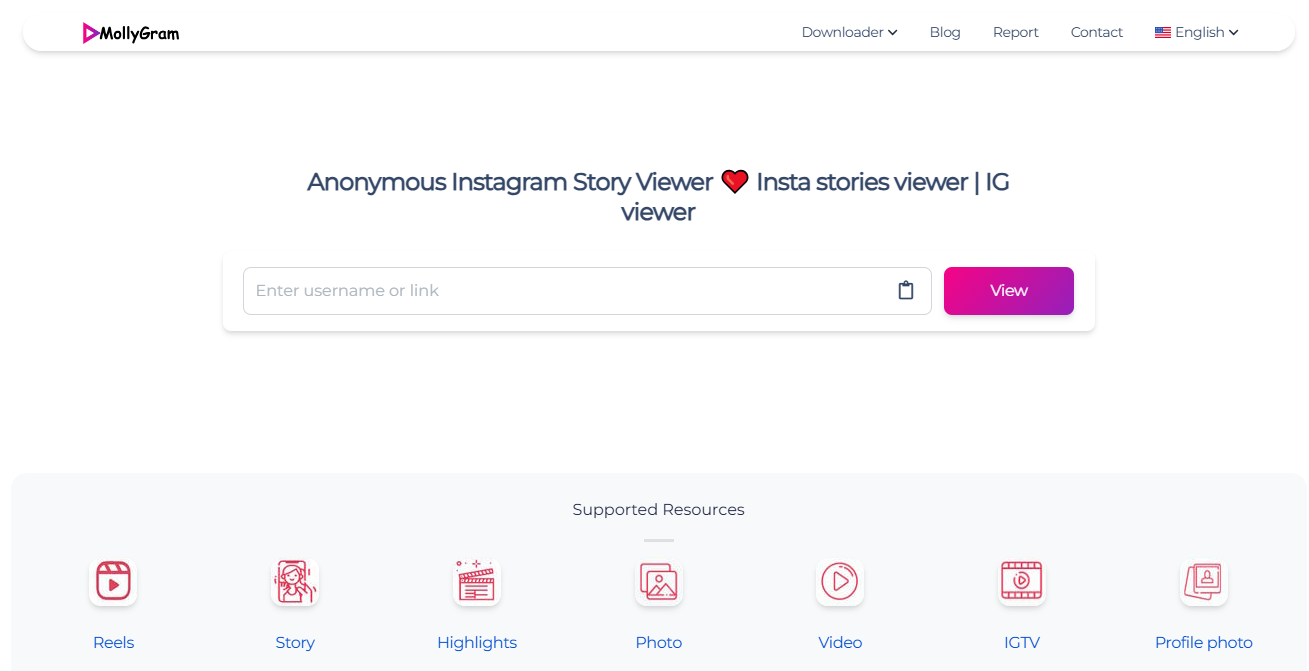The Internet is responsible for around 3.7 percent of all global carbon emissions. Every visit to a site or data transfer server requests contribute to this footprint. This is why sustainable web design practices to reduce carbon footprint are increasingly important.
By adopting eco-friendly web design and green website design, we can create low-carbon websites that benefit users, brands, and the environment.
The shift away from conventional development towards energy-efficient websites reflects the growing demand for environmentally friendly digital design, a shift that aligns design with responsible and innovative practices.
Understanding the Carbon Footprint of Digital Design
The carbon footprint of websites is the amount of energy used by servers hosting them along with network transfers and interactions between users. When users download videos, images, or click on links, information is transferred across continents. Data centers, in particular those powered by nonrenewable power, produce significant carbon emissions.
Even tiny design flaws, such as heavy images or multiple scripts, add up to hundreds of visitors. This is the reason website sustainability best practices and carbon-aware design principles matter: They guide developers in creating digital experiences that are energy efficient and reduce consumption while providing rapid, user-friendly, and attractive UX.
Why Sustainable Web Design Matters
Sustainable web design is an exciting future for websites. The more eco-friendly websites there are, the more attention they will attract. This is why it’s important to make sure that your website will not end up as an environmental footprint-causing factor in the future.
1. Supports Global Climate Goals
Utilizing sustainable web design methods to lower carbon footprints ensures that your online presence is in line with climate goals such as that of the Paris Agreement and long-term net-zero sustainability goals.
2. Reduces Energy Use Across Devices and Networks
Eco-friendly web design means less bloated pages that load quicker, which reduces the power usage between mobile phones, servers, desktops, and worldwide network infrastructures.
3. It is aligned to CSR and Corporate Social Responsibility (CSR)
Green website design shows that your business is taking sustainability seriously, boosting CSR performance, investor attraction, and perception of customers in green markets.
4. Improves UX and Performance
Sustainable UX design is focused on speed, efficiency, and accessibility, making websites more energy efficient and delivering users a more pleasant experience on any type of connection.
5. Enhances Brand Image and Consumer Trust
An environmentally friendly digital design shows values in the real world. It creates trust, brand loyalty over time, and credibility with people who are eco-conscious and their communities.
Core Principles of Carbon-Aware Design
There are some rules and guidelines that you should remember when you begin to create your green, sustainable, and energy-efficient website. Websites such as these don’t just generate revenue and audience, however; they also aid the environment, which is the primary objective.
Core Principle | Description |
1. Design for Efficiency, Not Just Aesthetics | Every design choice consumes energy. Focus on minimalist layouts and optimized images, aligning with carbon-aware design principles and website sustainability best practices. |
2. Favor Simplicity Over Animation Overload | Heavy animations strain CPUs and consume more energy. Opt for subtle, lightweight motion to create environmentally friendly digital designs that load quickly and efficiently. |
3. Prioritize Performance and Speed | Fast-loading, energy-efficient websites lower emissions and support sustainable UX design across all devices, boosting both user satisfaction and sustainability. |
4. Minimize Server Requests and Resource Loads | Reduce HTTP calls by merging stylesheets and scripts. This small step follows carbon-aware design principles and improves overall website sustainability best practices. |
5. Choose Sustainable Hosting Providers | Select hosting companies powered by renewable energy. This is a direct, impactful way to build low-carbon websites and promote green website design. |
Best Sustainable Web Design Practices to Reduce Carbon Footprint
In order to create an environmentally sustainable website that leaves the smallest carbon footprint, you must make sure that you follow the guidelines we’ll talk about in this article. They are all crucial, and the team at HALO Digital will always ensure that we follow these guidelines when designing websites for our clients.
1. Optimize Images and Media for Faster Loading
Make use of modern image formats, such as WebP, for compression of large multimedia files, and allow lazy loading to minimize consumption of data and increase energy efficiency and web performance.
2. Use Energy-Efficient Fonts and Design Elements
Make sure to use standard fonts or use minimal custom fonts, cut down on the use of animations and heavy graphics, and simplify design elements to speed up eco-friendly web design rendering across all devices.
3. Eliminate Code through Clean and Lean Development
Reduce the unnecessary HTML, CSS, and JavaScript. Create modular, optimized code that helps support green website design through lighter processing and quicker loading times.
4. Implement Caching and Content Delivery Networks (CDNs)
Make use of the power of browser caching and CDNs to provide content faster, decrease the amount of latency, and also support low-carbon websites with fewer server calls per session.
5. Create Low-carbon Websites Using Green Hosting
Choose green hosting providers that use renewable energy sources to reduce emissions and to support environmentally friendly digital design from the server.
6. Embrace Mobile-First and Sustainable UX Design
Mobile-first design ensures a lighter interface and fewer assets, which helps in the creation of sustainable UX design that saves energy and enhances accessibility worldwide.
7. Limit Third-Party Scripts and Trackers
Each tracker or plugin adds to the amount of data that is processed. Use only the tools necessary to keep your website running fast and energy-efficient websites with minimal third-party impact.
Challenges in Adopting Green Website Design (and How to Overcome Them)
The process of creating a website can be challenging, and it’s pretty clear that you’ll encounter them when you are creating a sustainable, carbon-reduced website. But, we’ve got the best strategies to get over the challenges and get your website functioning.
1. The Balance of Aesthetics and Simplicity
Utilize thoughtful design decisions such as white space, crisp typefaces, and a few animations to enhance your visually appealing designs without compromising efficiency or burdening your energy.
2. Client Resistance or Lack of Awareness
Be able to overcome the resistance of clients by highlighting the benefits of sustainable design, for example, enhanced SEO, lower costs, and a better brand image among eco-conscious consumers.
3. Legacy Systems and Heavy CMS Bloat
Older platforms and heavy CMS plugins slow down performance. Regular audits help to eliminate unneeded features and improve operations to create an energy-efficient site.
4. Educating Teams and Stakeholders
Implement carbon-aware design principles through workshops and documentation or team gatherings to develop an understanding of the long-term and align your processes with sustainability goals.
The Future of Sustainable Web Design
As we said earlier, sustainable web designs and carbon-footprint-reduced websites are the future (and present). If you are not taking steps to make your website environment-friendly, you won’t be able to survive for long in the constantly growing online competition.
Here are a few of the things we are currently seeing that will become the norm in the future.
1. Growing Regulations on Digital Carbon Reporting
Environmental and government agencies are introducing regulations that require websites to publish their energy usage and carbon emissions to ensure accountability and transparency.
2. Emergence of Low-Impact Design Systems
Design frameworks are changing to incorporate low-energy UI components such as eco-dark modes as well as lightweight themes. environmentally sustainable UX designs that cut down on the carbon footprint of digital devices.
3. Sustainable Web Standards in HTML/CSS
The next HTML as well as CSS standards could incorporate best practices for energy efficiency, including carbon-impact tags and semantic structures that encourage developers to code with more responsibility.
4. AI’s Role in Suggesting Greener Design Alternatives
AI-powered tools can analyze your site’s performance and suggest energy-saving solutions such as compressed media, cleaner layouts, and improved user flow to reduce emissions.
Ready to Build a Sustainable Website That Performs?
Halo Digital offers web design services that are not only visually engaging but also environmentally responsible. We create fast, energy-efficient websites using sustainable design principles that reduce carbon impact and improve user experience. Whether you need a new build or a redesign, our team delivers results that align with your brand and sustainability goals.
Get in touch today to explore our web design services and take the first step toward a greener, high-performing website.
Conclusion: Sustainable Web Design Practices
Utilizing sustainable web design methods to minimize carbon footprint isn’t an option to be taken lightly. It is a must. By optimizing your media as well as writing efficient code and selecting a hosting service that is renewable and hosting providers, you can create an eco-friendly web design that delights users while cutting emissions. Every megabyte saved is important. Begin by analyzing your website by making small, incremental modifications and then assessing the outcomes.
As time passes, these mindful choices will improve the performance of your brand, its reputation, and the environmental impact. Let’s improve the sustainability of the internet by tackling one web page at a time.
FAQs
What is sustainable web design?
These include light layouts, optimized images with minimal code, eco-friendly hosting, and performance-first methods to lessen the environmental impact.
How can low-carbon websites help the environment?
They cut down on energy usage on servers, networks, and user devices, which reduces global greenhouse gas emissions.
How much carbon is in a site?
It is comprised of electricity utilized for data storage, processing, transmission, and rendering. Each page’s view is a contributor to server and client emissions.
What can I do to measure the energy consumption of my website?
Tools such as the Website Carbon Calculator and Ecograder estimate carbon emissions by analyzing data transfer and the location of hosting.
Is eco-friendly web design good for SEO and UX?
Yes. Websites that use less energy load quicker, improve user experience, decrease frustration, and are ranked higher on search engines. This improves performance and increases user satisfaction.



























